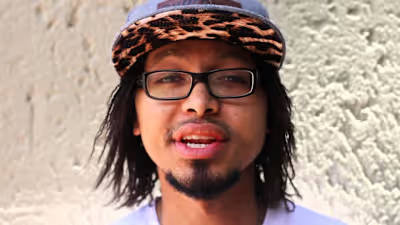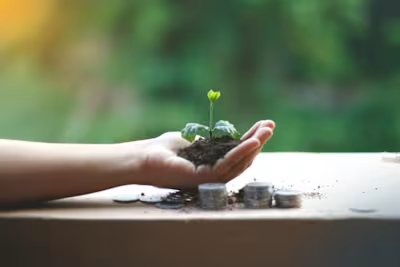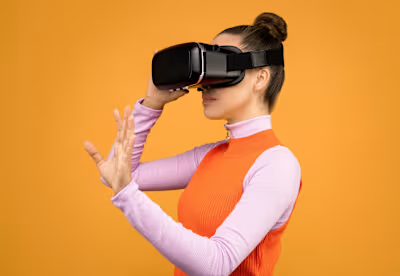How Artists Have Turned To Gaming As A Vehicle For Social Change
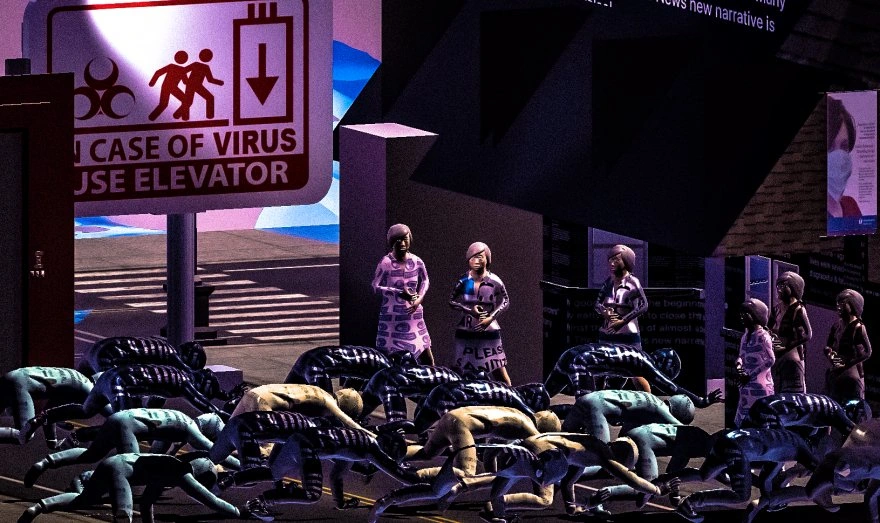
The gaming industry has seen an enormous influx of users as well as financial investment during the COVID-19 pandemic. Not only have games like Among Us provided entertainment during a lonely pandemic but they have also become a method of social networking for adults and children. As both creation and imitation of life, the success of the arts has relied on their malleability to social cues. And the biggest nudge in the arts has been our difficulty in accessing them because of a global pandemic that requires social distancing and even hard lockdowns. Technological growth has greatly influenced how art is produced and consumed where the Covid-19 pandemic has made it tantamount to artistic success. Though not entirely new, 2020 saw art activists combine the world of gaming with art to affect social change. The benefits for artists include being able to create the world as you would like to see it whilst reaching consumers all from the pandemic prescribed comfort of our respective homes. These virtual realities have users experiencing current or future societal ills and most times gaming success includes collaboration for solutions.
One video game, Pandemic, was created by South Korean-American immigrant and multidisciplinary interactive artist Chanee Choi. Described as an ‘art game,’ Pandemic is an alternate reality inspired by a racist incident Choi encountered as she walked around Washington D.C. during the pandemic. Anti-Asian discrimination continues to rise during the pandemic globally though in America was amplified further by former President Donald Trump's reference to Covid-19 as the ‘China Virus.’
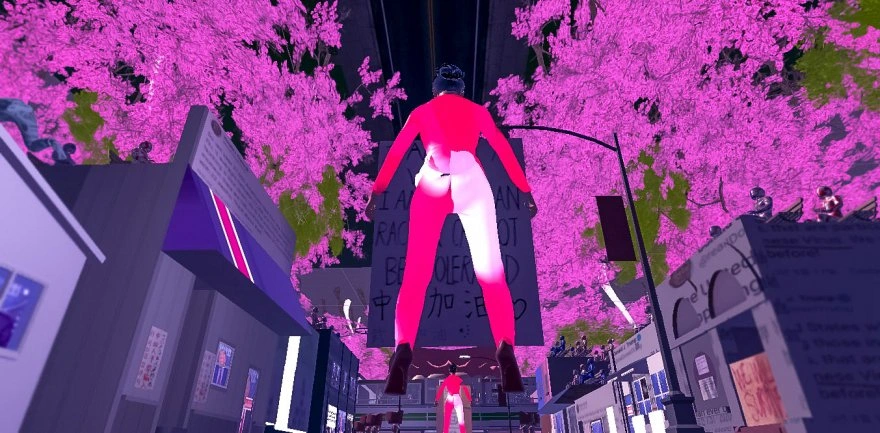
Screen-grab from Chanee Choi’s Pandemic.
Choi’s experience of racism prompted her to create a simulation in which users experience the reality of being a minority in America. The incidents that gamers experience are based on events that have happened to her and other BIPOC including those brought to the forefront by social media and news reporting. As the game was being built the number of social issues included increased as America faced an array of social justice discrepancies during 2020. Pandemic is comprised of 7 levels which become increasingly dark and hostile as the game progresses. Choi describes life during the global pandemic as feeling like a “surreal parallel universe” which is what she creates for users in the environmental art game. The game includes real-life news commentary, visuals like wading through several George Floyd’s on the ground after his death, and other instances based on reality to make a statement on race, class, and other social issues.
In June 2020, three months into hard lockdown, The New Normal Game launched in South Africa. A country whose class disparities were increasingly highlighted as most economic activities shut down to curb the spread of Covid-19. The game, which was called “part activist intervention, part digital performance art” by New Frame, gave players an array of problems based on current issues to solve. The game which launched on Facebook included a “Council” made up of Facebook followers who chose the winning solutions. Round 2 of 7 had users coming up with creative solutions for a post-coronavirus South Africa. A country that is already comprised of a poor majority has sunk deeper into poverty coupled with civil unrest and military rule in this virtual world with suggested solutions including defunding the police, free internet as well as debt relief amongst others. Problems were presented to gamers by the group of artivists that created it. These creatives called the “Game Masters” in the game were brought together by Kelly Eve Koopman and Sarah Summers to get users to think of the many ways in which the pandemic may leave the world in disarray which could be circumvented by creating a socially conscious citizenry. The New Normal used their platform not only to entertain players with mythical lands but also to raise awareness of social issues including but not limited to patriarchy, colonialism, and government corruption.
Where Pandemic and The New Normal were created during the pandemic, Superstruct was created in 2008, and that far back had gamers playing in an alternate reality that included solving issues related to ‘Quarantine’ because of a pandemic as well as others such as ‘Generational Exile,’ and ‘Power Struggle.’ Though not entirely prophetic in nature it does prove the importance of initiatives such as these in raising awareness and allowing users to open their minds to issues they may not face regularly. The game was created by a team of creatives including Jane McGonigal alongside the Institute for The Future. This multiplayer simulation which was played over 6 weeks was played by more than 7000 users, referred to by the Institute for The Future as “future forecasters.” This speaks to the idea that art has always had a major impact on society and for it to remain at the forefront for change in our current reality it needs to be created or showcased to work congruently with technological advancement.
As art activists create alternate realities they allow users to participate in the art in an unprecedented way. Users can live inside the art, modify it and connect with each other in these realities from different parts of the globe. In playing these games and advancing to different stages users are forced to engage in social issues, whether it’s by creating solutions or simply through experiencing marginalization, which in itself is taking activism to a new level. There is no doubt that artists will continue to innovate as the world changes but the marriage between gaming and art is still infantile giving way to much growth in the genre. Social activism has found a new and exciting home and it’s set to turn more of us into gamers than we would have thought.
Like this project
Posted Sep 7, 2023
A thought-provoking piece on the gaming community’s radical response to the COVID-19 pandemic by Nobusi Maqubela.
Likes
0
Views
1


